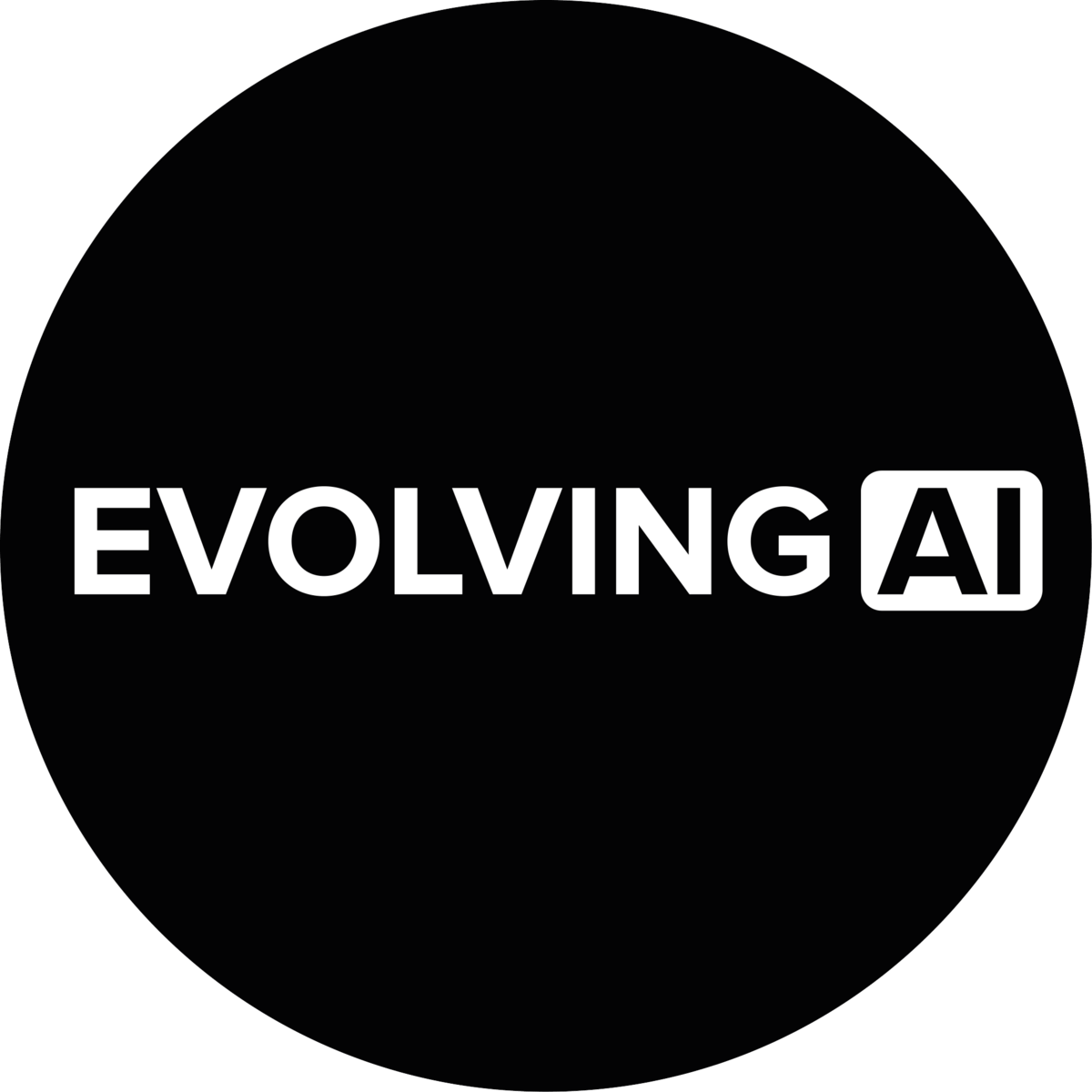On November 6th at OpenAI’s DevDay, a new product called GPTs was announced. These GPTs offer a quick and easy way to build a ChatGPT extension through a no-code platform that greatly simplifies the development of complex multi-modal chat bots for developers.
We’re rolling out custom versions of ChatGPT that you can create for a specific purpose — called GPTs. GPTs are a new way for anyone to create a tailored version of ChatGPT to be more helpful in their daily life, at specific tasks, at work, or at home — and then share that creation with others. For example, GPTs can help you learn the rules to any board game, help teach your kids math, or design stickers.
Anyone can easily build their own GPT — no coding is required. You can make them for yourself, just for your company’s internal use, or for everyone. Creating one is as easy as starting a conversation, giving it instructions and extra knowledge, and picking what it can do, like searching the web, making images or analyzing data. Try it out at chat.openai.com/create.
Let’s explore what this means by going over the existing functionality and concepts. Then by building our own GPT and how to add both your own application programming interface (API) and data!
GPTs Overview
To start, let’s review the existing features of what we can do with GPTs and create a simple GPT before moving onto a more advanced one using an API.
*Note: As of publishing this, GPTs are still beta and existing features and behavior might change very quickly. They’re also limited to a small amount of users for the time being.
UI
The UI for GPTs is simple and can be made completely from your browser.

GPT Builder Home Screen
It’s designed to be easy to use and requires no-code but it does provide more complex functionality by giving developers the ability to upload their own datasets and provide API’s.

GPT Builder Configure Screen
GPTs are a multi-model copy of ChatGPT. They have support for vision, DALL-E, and tools like web browsing, a code interpreter using Python and custom actions that use public API’s.
This is very similar concept to what has stemmed from open-source projects like Agents which LangChain, a popular framework for building LLM applications describes as the following:
The core idea of agents is to use a language model to choose a sequence of actions to take. In chains, a sequence of actions is hardcoded (in code). In agents, a language model is used as a reasoning engine to determine which actions to take and in which order.
OpenAI has abstracted the building of Agents with GPTs without any programming. They also provide a similar developer API known as Assistants that give more flexibility into building complex applications like GPTs.
Simple No-Code GPT Example
Let’s build a simple GPT with no added knowledge or actions. Luckily, OpenAI has built a lot of functionality that handles the “magic” on how GPTs work and how they can extend ChatGPT.
